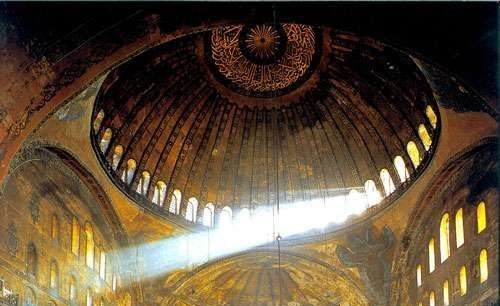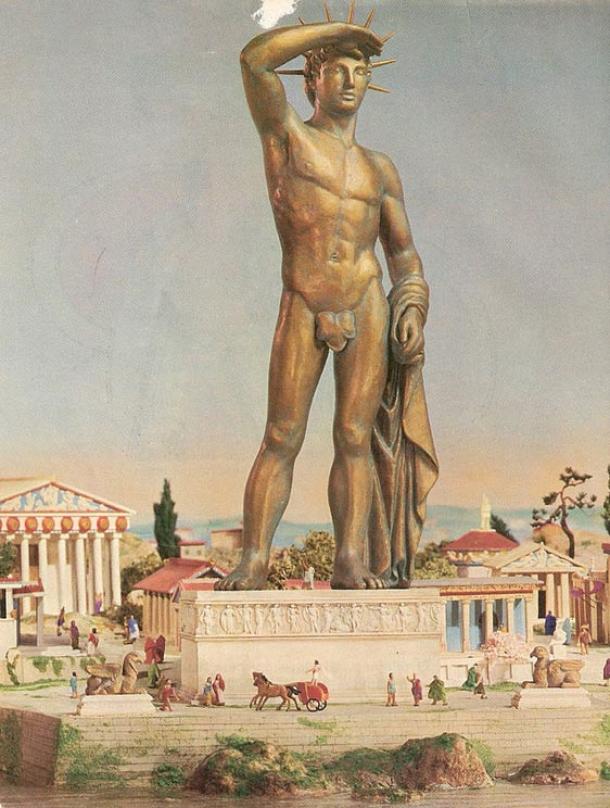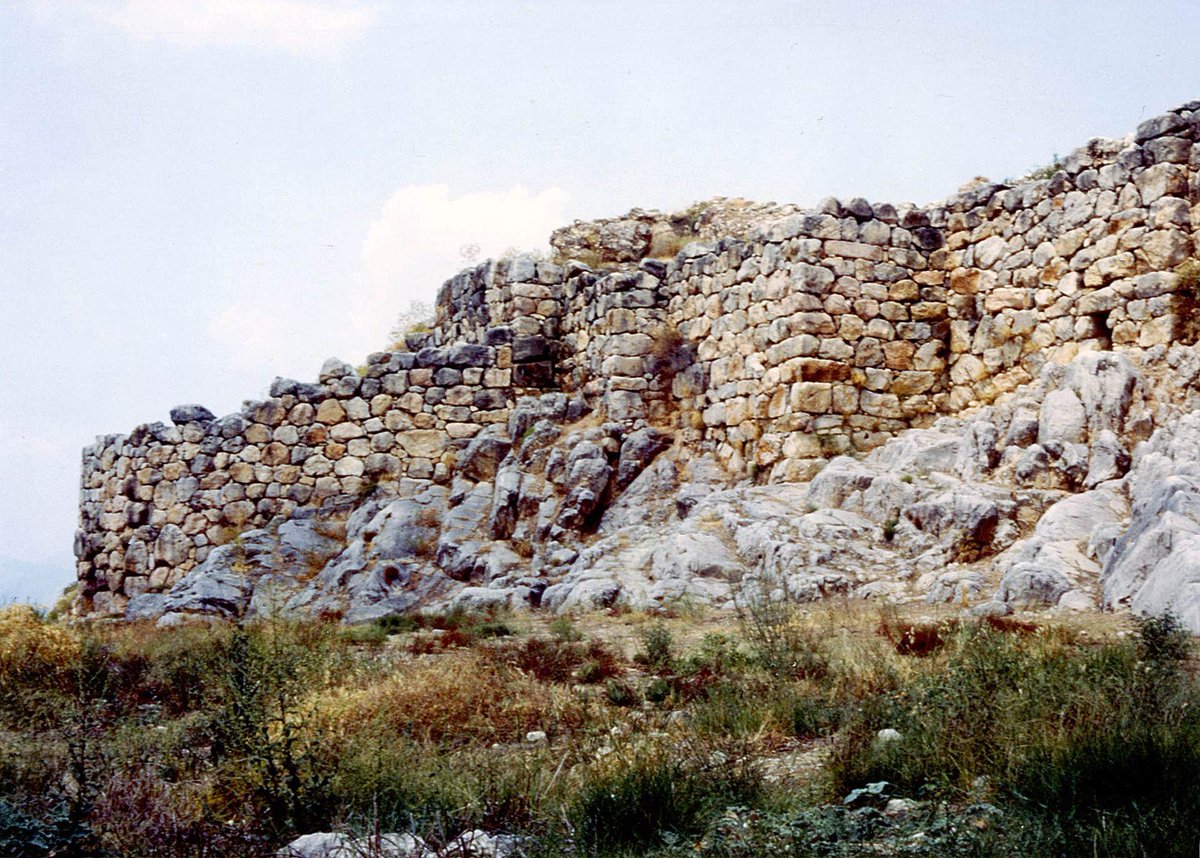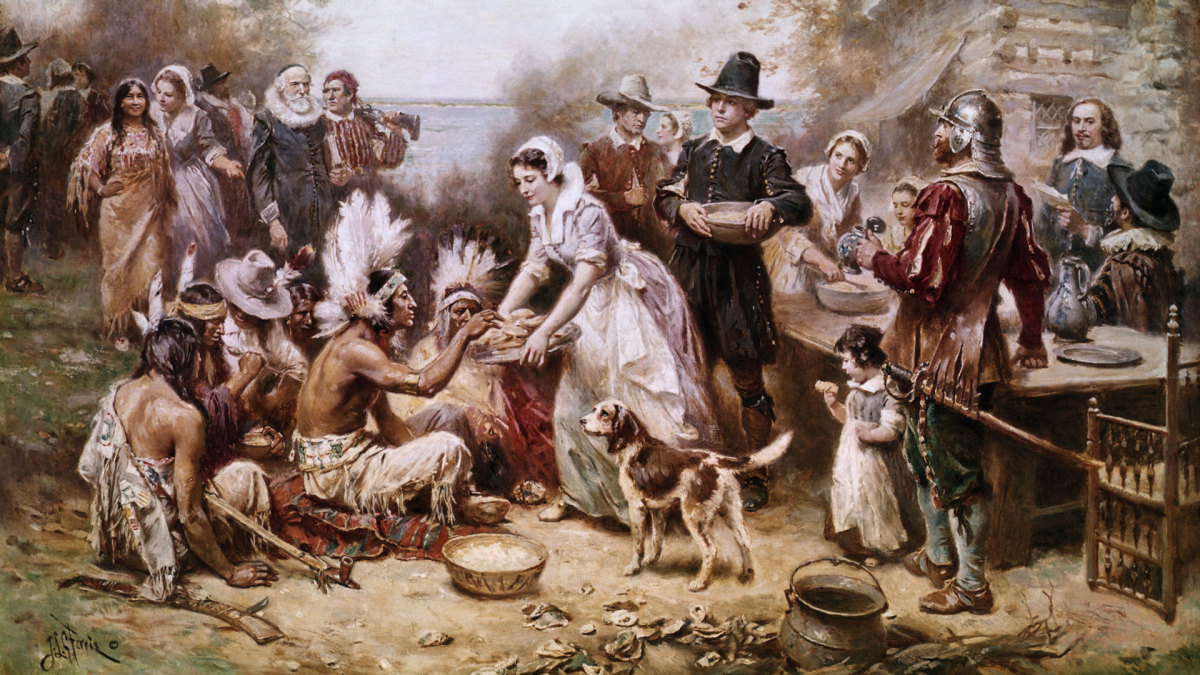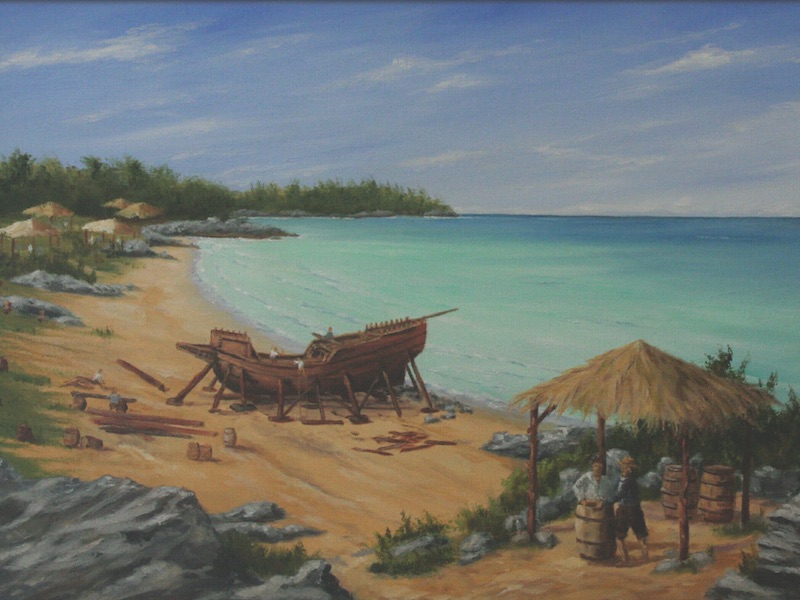
What explains the utter collapse of Constantinople's defense on the night of 12 April 1204? Queller and Madden argue that the dizzying succession of coups in the previous 21 years had basically trained the populace to be apathetic. 



They simply did not expect the fall of the city to result in anything except another change of power. The Latins might have been barbarians, but so too were the troops that brought Alexius I to power. Most of the people didn't even flee. 



So infectious was this spirit that even Alexius V lost his nerve against a single Frankish knight who had managed to wriggle inside a gate. Once the defenders on the walls saw the emperor flee, the abandoned their posts en masse. 

But the semiotics of Byzantine politics were completely alien to the victors. They interpreted the surrender of the city not as a peaceful handover of power, but as an invitation to sack. The roads had been cleared for their coronation procession, only making their job easier. 



"The results no one could have foreseen, for it was the most improbable of all outcomes: a Flemish knight now reigned in the city of the Caesars." 

One sentence from the bibliographical essay made me laugh out loud:
"In his book, late 19th-century French patriotism took a peculiar turn. He resented the idea that the German king or the Venetian doge had been able to manipulate the barons of France like stupid dupes."
"In his book, late 19th-century French patriotism took a peculiar turn. He resented the idea that the German king or the Venetian doge had been able to manipulate the barons of France like stupid dupes."

• • •
Missing some Tweet in this thread? You can try to
force a refresh














